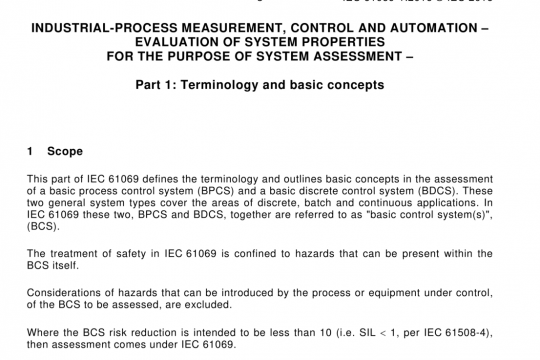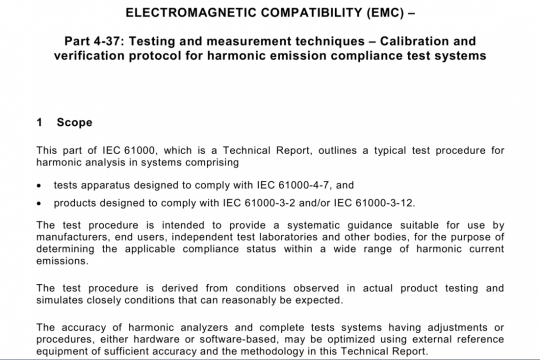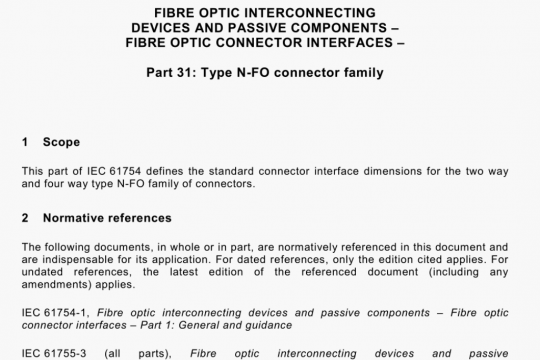IEC TR 61597 pdf free download
IEC TR 61597 pdf free download.Overhead electrical conductors – Calculation methods for stranded bare conductors.
Based on these values at 20°C, the DC resistances have been calculated for temperatures of 50°C, 80°C and 100 °C.
The AC resistance is calculated from the DC resistance at the same temperature. Calculation methods are in [1],[2],[3],[4]. Clause A.2 gives an example based on [1].
The AC resistance of the conductor is higher than the DC resistance at the same temperature. The cause of this phenomenon can be explained by the fact that the inner portion of the conductor has a higher inductance than the outer portion because the inner portion experiences more flux linkages. Since the voltage drop along any length of the conductor must be necessarily the same over the whole cross-section, there will be a current concentration in the outer portion of the conductor, increasing the effective resistance.
Various methods are available for computing the ratio between AC and DC resistances ([1],
[2], [3], [4]).
For conductors having steel wires in the core (Ax/Sxy or Ax/xySA conductors), the magnetic flux in the core varies with the current, thus the AC/DC ratio also varies with it, especially when the number of aluminium layers is odd, because there is an unbalance of magnetomotive force due to opposite spiraling directions of adjacent layers.
Although this magnetic effect may be significant in some single layer Ax/Sxy conductors and moderate in 3-layer conductors, the values of AC resistances for these types of conductors have been calculated without this influence. Further information and a more complete comparison and evaluation of magnetic flux and unbalance of magnetomotive force may be found in chapter 3 of [1].
There are other factors with minor influence on the conductor electrical AC resistance, e.g. hysteresis and eddy current losses not only in the conductors but also in adjacent metallic parts, and they can be estimated by actual tests. The method in [6] takes into account the above factors.
6.3 Inductive reactance
The inductive reactance of conductors is calculated considering the flux linkages caused by the current flowing through the conductors. In order to make computations easier, the inductive reactance is divided into two parts:
a) the one resulting from the magnetic flux within a 0,3 m radius;
b) the one resulting from the magnetic flux from 0,3 m to the equivalent return conductor.
NOTE Exact number is 0,304 8.
This separation of reactances was first proposed by Lewis [1] and the 0,3 m radius has been used by all designers and conductor manufacturers and is herein adopted in order to allow a comparison between the characteristics of the new conductor series and old ones.
The advantages of this procedure are that part a) above is a geometric factor (function of conductor dimensions) while part b) depends only on the separation between conductors and phases of the transmission line. As stated earlier in this clause, only the first term a) is herein listed and part b) can be obtained from the usual technical literature.IEC TR 61597 pdf download.




